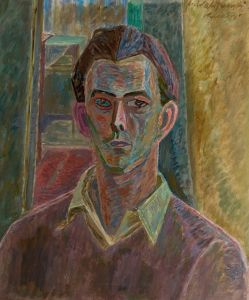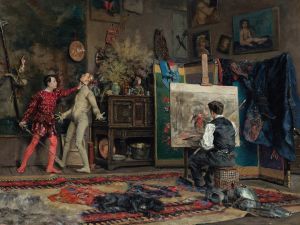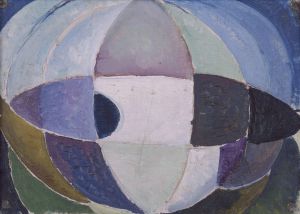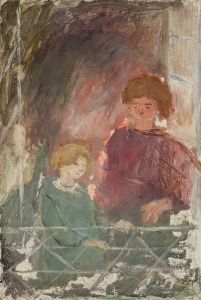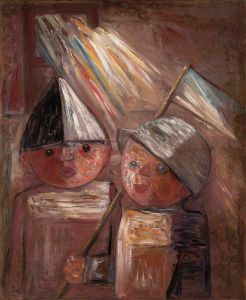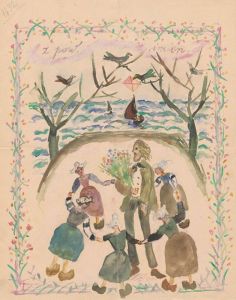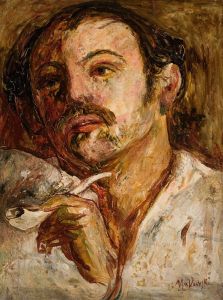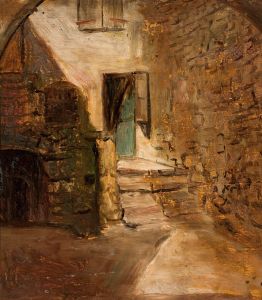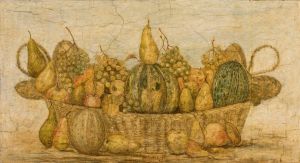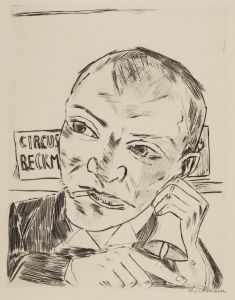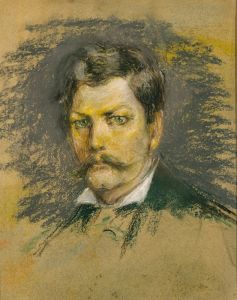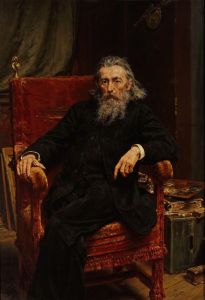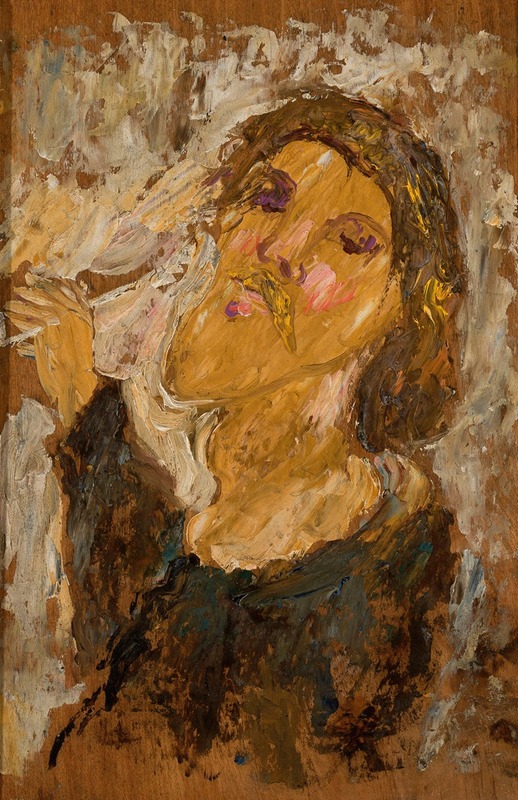
Self-portrait study
A hand-painted replica of Tadeusz Makowski’s masterpiece Self-portrait study, meticulously crafted by professional artists to capture the true essence of the original. Each piece is created with museum-quality canvas and rare mineral pigments, carefully painted by experienced artists with delicate brushstrokes and rich, layered colors to perfectly recreate the texture of the original artwork. Unlike machine-printed reproductions, this hand-painted version brings the painting to life, infused with the artist’s emotions and skill in every stroke. Whether for personal collection or home decoration, it instantly elevates the artistic atmosphere of any space.
Tadeusz Makowski was a Polish painter known for his unique style that combined elements of Post-Impressionism and Cubism. Born on January 29, 1882, in Oświęcim, Poland, Makowski initially studied classical philology at the Jagiellonian University in Kraków before turning to art. He later attended the Academy of Fine Arts in Kraków, where he studied under the guidance of Józef Mehoffer and Jan Stanisławski. In 1908, Makowski moved to Paris, a city that greatly influenced his artistic development and where he spent the majority of his career.
Makowski's work is characterized by its simplicity, use of geometric forms, and a focus on everyday subjects, often depicting scenes of children, musicians, and rural life. His style evolved over the years, reflecting the influence of various art movements he encountered in Paris, including Cubism and the works of artists like Pablo Picasso and Georges Braque. Despite these influences, Makowski maintained a distinctive style that was deeply personal and often imbued with a sense of nostalgia and innocence.
The "Self-portrait study" by Tadeusz Makowski is one of the many works that exemplify his artistic approach. While specific details about this particular self-portrait study are scarce, it is likely that it reflects Makowski's characteristic style, which often involved a blend of realism and abstraction. Self-portraits are a common theme in art, allowing artists to explore their own identity and place within the world, and Makowski's interpretation would have been no exception.
Makowski's self-portraits, like his other works, would typically feature a muted color palette and a focus on form and structure. His use of geometric shapes and simplified forms can be seen as a reflection of his interest in Cubism, yet his works often retain a warmth and humanity that set them apart from the more analytical approach of his contemporaries. This balance between abstraction and emotion is a hallmark of Makowski's oeuvre.
Throughout his career, Makowski exhibited his works in various galleries and exhibitions, gaining recognition in both France and Poland. Despite living in France for much of his life, he maintained strong ties to his Polish roots, which is evident in the themes and subjects of his paintings. His works are held in high regard and can be found in numerous collections, including the National Museum in Warsaw and the Musée National d'Art Moderne in Paris.
Tadeusz Makowski passed away on November 1, 1932, in Paris. His legacy continues to be celebrated for its unique contribution to early 20th-century art, bridging the gap between traditional Polish art and the avant-garde movements of the time. His self-portrait studies, along with his other works, offer a glimpse into the mind of an artist who was deeply connected to both his cultural heritage and the broader artistic currents of his era.






